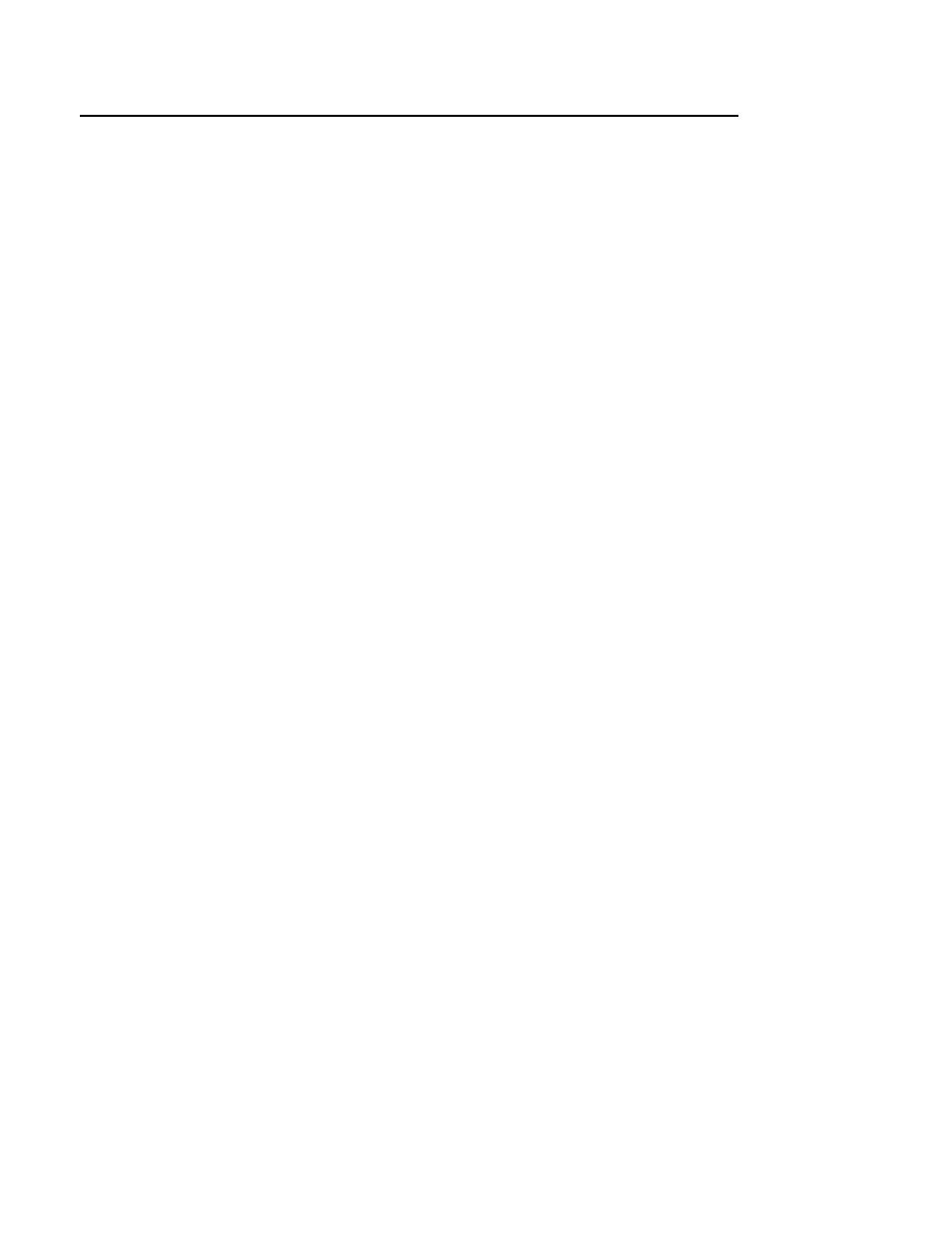Microcom 814M Programming Manual User Manual
Page 18

14
ESC & y c1 c2 [x1 d1...d(y × x1)]...[xk d1...d(y × xk)]
[Name]
[Format]
[Range]
[Description]
[Notes]
[Default]
[Example]
Define user-defined characters
ASCII
ESC & y c1 c2 [x1 d1...d(y × x1)]...[xk d1...d(y × xk)]
Hex
1B 26 y c1 c2 [x1 d1...d(y × x1)]... [xk d1...d(y × xk)]
Decimal 27 38 y c1 c2 [x1 d1...d(y × x1)]... [xk d1...d(y × xk)]
203DPI model:
y = 3
32 ≤ c1 ≤ c2 ≤ 127
0≤ x ≤ 12 Standard ASCII font
0≤ x ≤ 9 Compressed ASCII font
300DPI model:
0 < y < 6
32 ≤ c1 ≤ c2 ≤ 127
0≤ x ≤ 18 Standard ASCII font
0≤ x ≤ 12 Compressed ASCII font
0 ≤ d1 ... d(y × xk) ≤ 255
Defines user-defined characters.
♦ y specifies the number of bytes in the vertical direction.
♦ c1 specifies the beginning character code for the definition, and c2 specifies the final
code.
♦ x specifies the number of dots in the horizontal direction.
The allowable character code range is from ASCII code <20>H to <7F>H (96
characters).
It is possible to define multiple characters for consecutive character codes. If only one
character is desired, use c1 = c2.
d is the data for the downloaded characters. The dot pattern is in the horizontal
direction from the left side.
The data to define a user-defined character is (y × x) bytes.
Set a corresponding bit to 1 to print a dot or 0 to not print a dot.
The user-defined character definition is cleared when:
-
ESC ? is executed.
-
The power is turned off.
All user-defined Characters defined with this command will be cleared when the GS
* command is executed.
ESC %, ESC ?
203 DPI model
When standard ASCII font (12 × 24) is selected.
